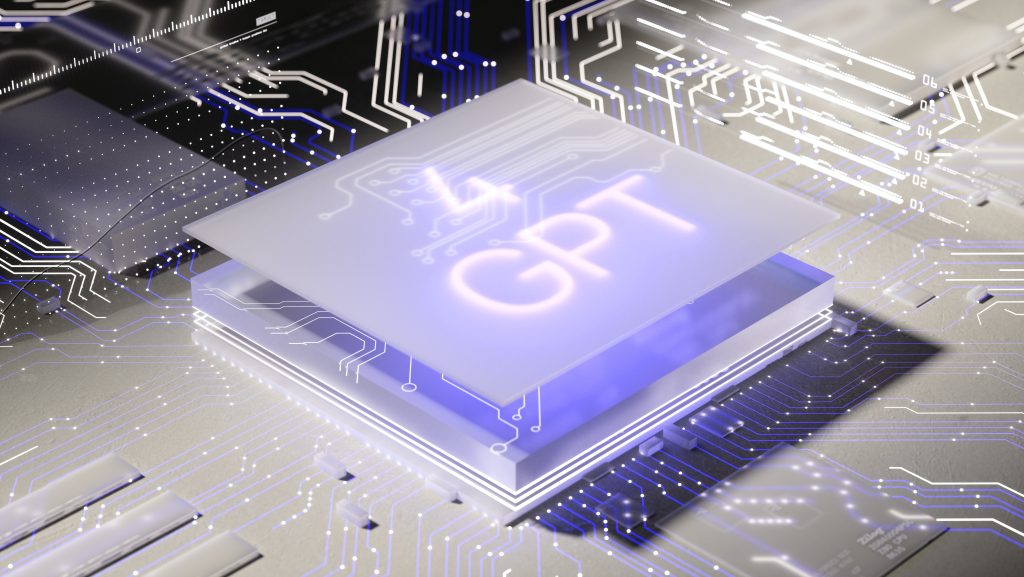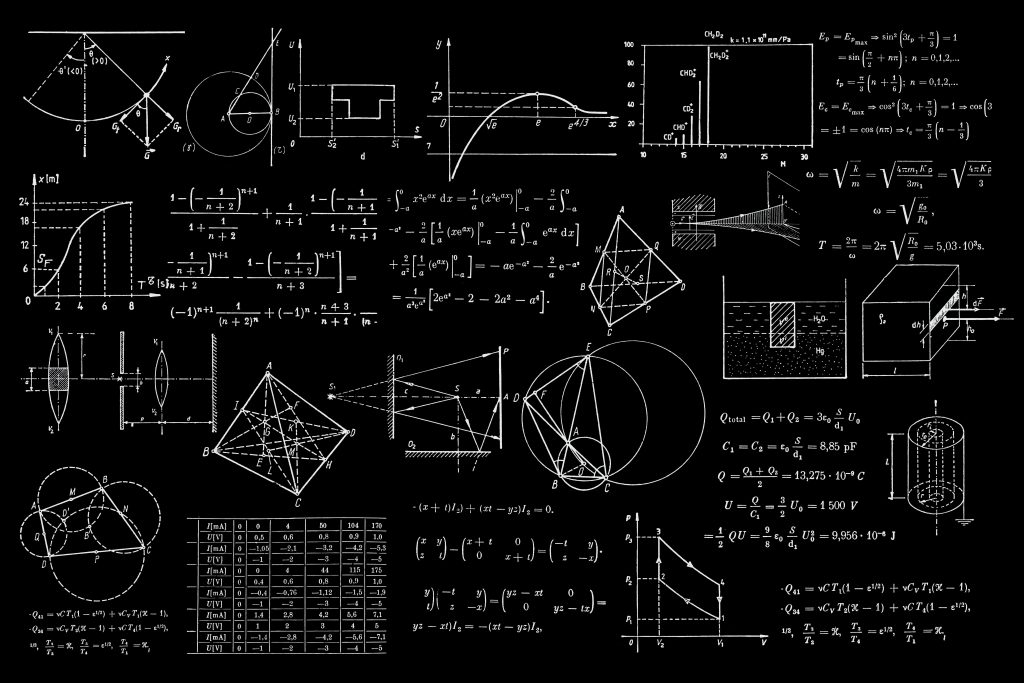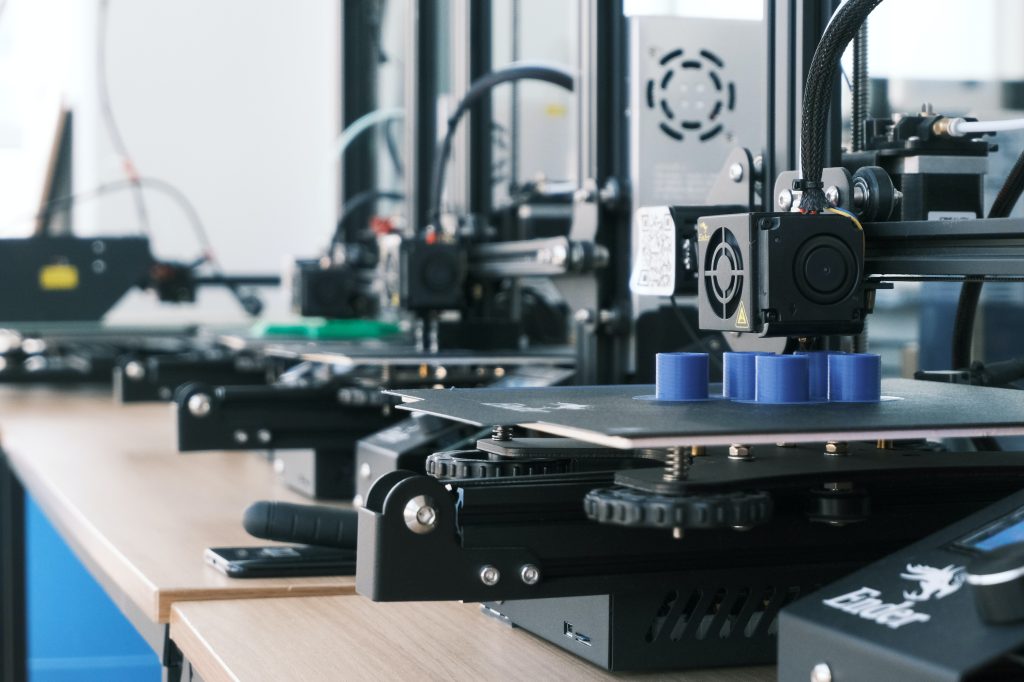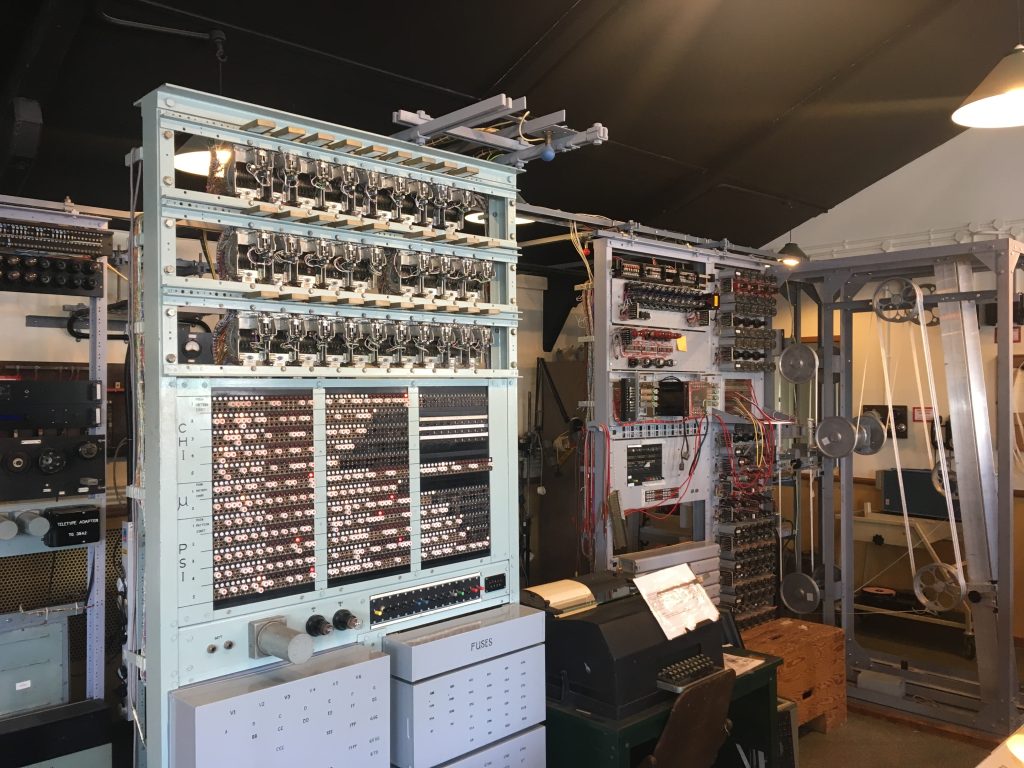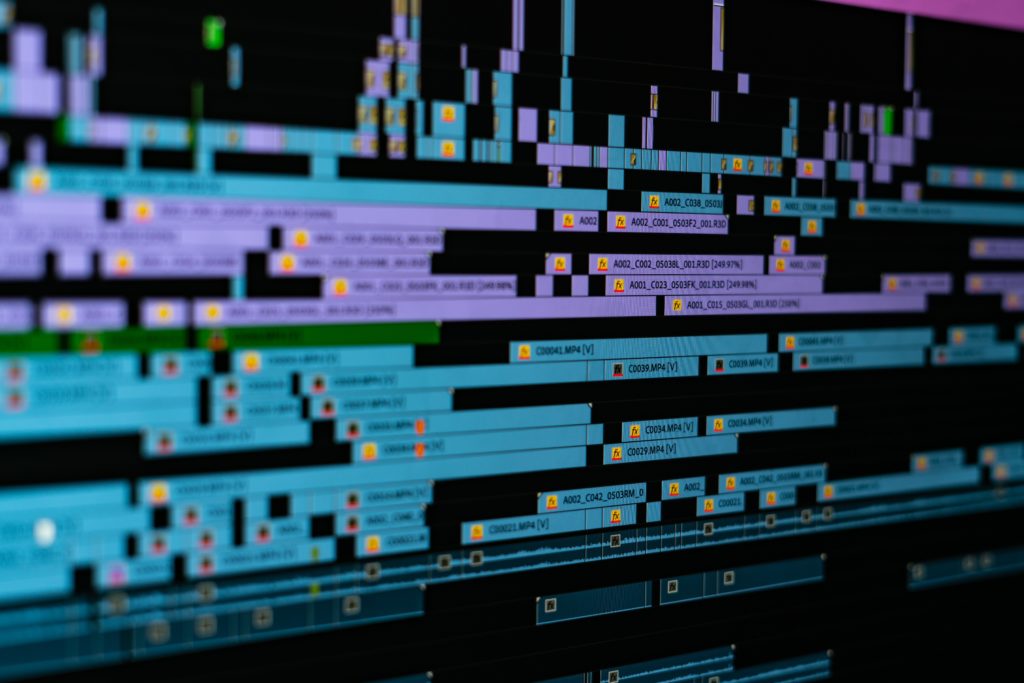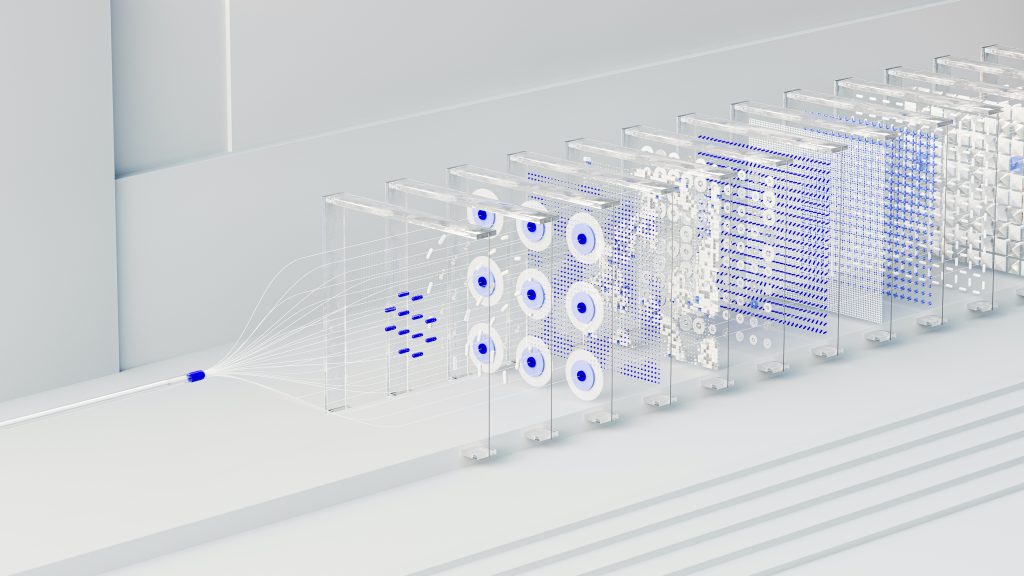Photo by Henry & Co. on Unsplash
The semiconductor fabrication process is complex and costly, and it takes a lot of time to fabricate advanced solutions. Apart from the technical and business hurdles, the ability to develop one specific type of semiconductor device node is not resource-friendly. It also drives the demand to continuously invest in new facilities, which may or may not be ROI friendly.
Multi-Technology Semiconductor Fabrication: Either Two Existing In-Demand Technology Can Be Fabricated At The Same Facility Or At Least Allow The Ability To Quickly Re-Spin The Existing Facility To A New One.
This problem is getting more expensive with the launch of advanced technology nodes that require a new type of process flow, material, and equipment, which in turn requires a dedicated new facility. It is also evident from the number of fabrication facilities that are coming up and are focused on technology that will drive the semiconductor industry towards the angstrom phase.
Long: With Every New Semiconductor Process Technology, The Fabrication Process Is Becoming Longer.
Multi: Fabrication Facility Should Provide Multi-Technology Node Option Or Have The Ability To Expand Easily.
The big question is whether there is a process to minimize the impact of the new advanced node on the need for dedicated and new facilities? The short answer might be no, but strategically it should be possible to develop a new facility with a focus on the ability to enable multi-technology processes today or tomorrow.
It certainly does not mean that the overall cost will be lower when the time comes to enable optional technology. However, if planned well, solutions to parallelize the fabrication of multi-technology in the same facility today or at least how to minimize the future upgrades (apart from spinning off a new facility) to lower the overall expenditure should be feasible.

In many cases, the ability to focus on current and future technology nodes are not feasible due to the different support system required to enable future technology. At the same time, the fabrication cost of existing technology is increasing. This cost will go up further for the next-gen technology. Thus, re-planning and re-investing (following Moore’s law) becomes a lengthy process that is not always technology and business-friendly.
Incorporating multi-technology where either two existing in-demand technology can be fabricated at the same facility or at least allow the ability to quickly re-spin the existing facility to a new one is the need of the hour. Today, there are clusters of fabrication facilities nearby that cater to different technology nodes. However, each of these demands dedicated resources that double the amount of investment.
Cost: Moving From Single To Multi Will Allow Greater Control Over Fabrication Cost.
Time: Time To Bring New Technology In A Multi-Technology Fabrication Can Become Shorter.
The number of semiconductor manufacturing companies focusing on advanced nodes is limited. If the cost to bring in future technology grows further, it will reduce the number of semiconductor manufacturers focused on advanced nodes. Overall, it will make the semiconductor supply chain very fragile, and solutions to mitigate such situations are needed.
Multi-technology can be a way to adopt multiple technologies today and build a facility for both together. It can also be an avenue to make future technology nodes more resource friendly. It will also demand additional work and capital. However, preparing for two technology or running two in parallel (in collaboration with equipment, material, and other technology providers) can certainly open up an option to lower the future semiconductor manufacturing cost.


